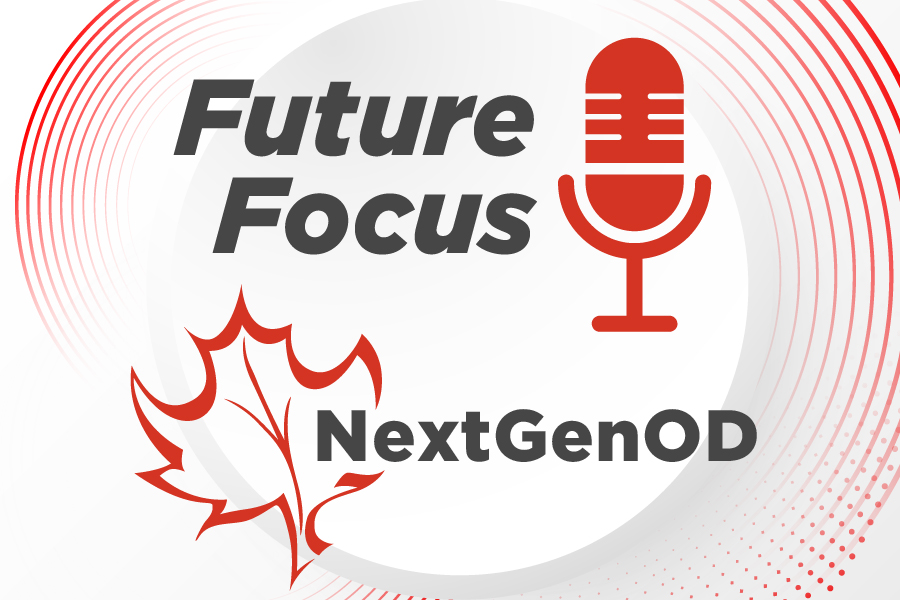
In the second episode of Future Focus: The NextGEN OD Canada Podcast, hosts Amrit and Alexa provide essential guidance for optometry students and new graduates navigating the job application and interview process. Drawing from their personal experiences, they share practical advice to help new optometrists make a lasting impression and secure the right opportunity.
Key Topics Covered:
- The distinction between resumes and CVs, with tips on crafting a concise, visually appealing, and impactful resume
- Techniques for showcasing unique clinical skills and making your personality shine through on paper
- The importance of maintaining a professional LinkedIn profile and utilizing various job boards and association resources for career opportunities
- Networking strategies, including how to engage with speakers, leverage professional events, and build valuable connections in the optometry field
- Interview preparation tips: researching clinics, asking insightful questions, and understanding the art of negotiating contracts and compensation
- The significance of following up with potential employers and assessing the overall fit of a job opportunity
Packed with actionable insights, this episode equips listeners with the confidence and tools needed to excel in their optometry career search. Don’t miss out on this practical guide to acing interviews and making the best career choices in optometry!
Your Hosts:
- Amrit Bilkhu, OD, FAAO, FOVDR
- Dr. Amrit Bilkhu graduated from the Illinois College of Optometry in 2019 and completed a Vision Therapy & Rehabilitation residency program at UC Berkeley School of Optometry in 2020. She is a fellow of the American Academy of Optometry and the Optometrists in Vision Development and Rehabilitation. Dr. Bilkhu owns her private practice, Northern Sight Optometry, in Vaughan, Ontario. In her spare time, she serves as a board member for Vision Therapy Canada, writes articles for optometry blogs, and shares her knowledge on her professional social media page.
- Alexa Hecht, OD
- Dr. Alexa Hecht obtained her Doctor of Optometry from the University of Waterloo in 2021. She currently practices at Bayview Vision in Toronto, Canada, where she enjoys seeing patients of all ages and has a clinical interest in dry eye disease and ocular aesthetics. Dr. Hecht has a significant social media following on Instagram and TikTok, where she aims to educate the public about the importance of eye health and clean beauty habits. She is passionate about inspiring and mentoring the next generation of optometrists.
Future Focus is proudly sponsored by Eye Recommend.
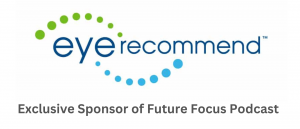 Eye Recommend is a dynamic network of independent optometrists dedicated to providing personalized, comprehensive eye care. They offer outstanding career opportunities across various optometry specialties, along with signing bonuses, mentorship programs, and access to exclusive world-class events and education. With a vast network of experts and clinics nationwide, they empower optometry students and recent graduates to build successful and fulfilling careers.
Eye Recommend is a dynamic network of independent optometrists dedicated to providing personalized, comprehensive eye care. They offer outstanding career opportunities across various optometry specialties, along with signing bonuses, mentorship programs, and access to exclusive world-class events and education. With a vast network of experts and clinics nationwide, they empower optometry students and recent graduates to build successful and fulfilling careers.
Sign up to the NextGEN OD Newsletter to get episode notifications and other updates from NextGEN OD Canada.
|
|


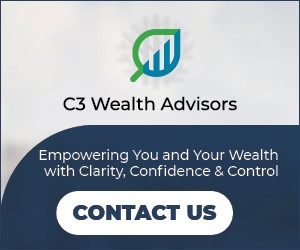
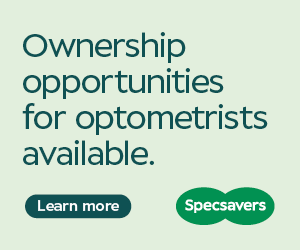

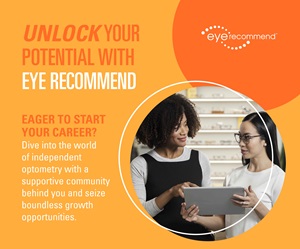


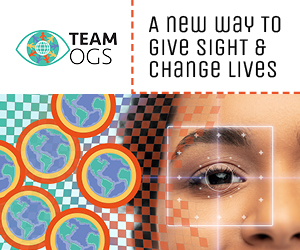
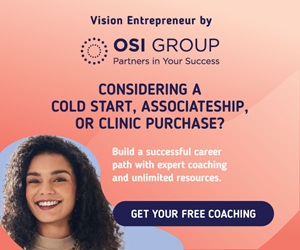
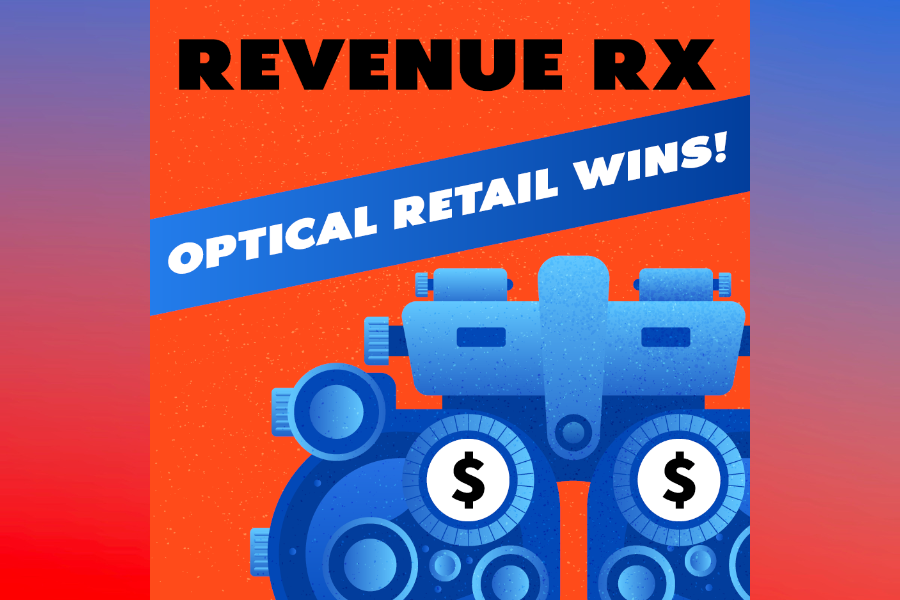



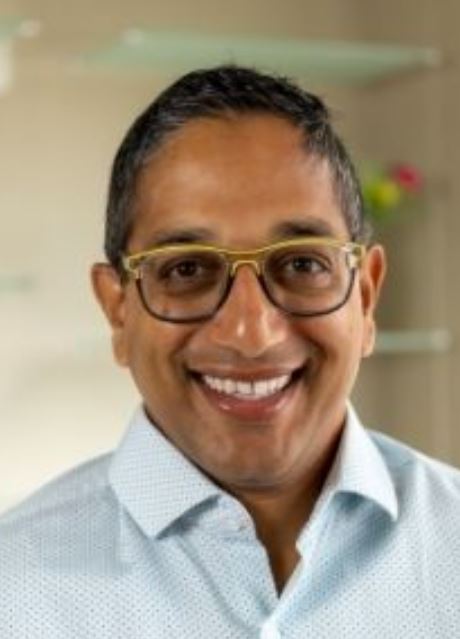
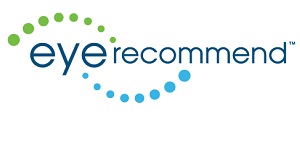

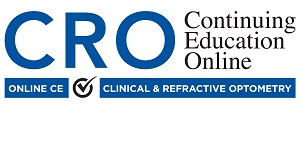
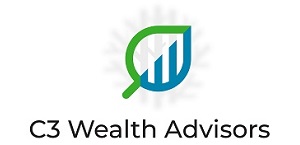



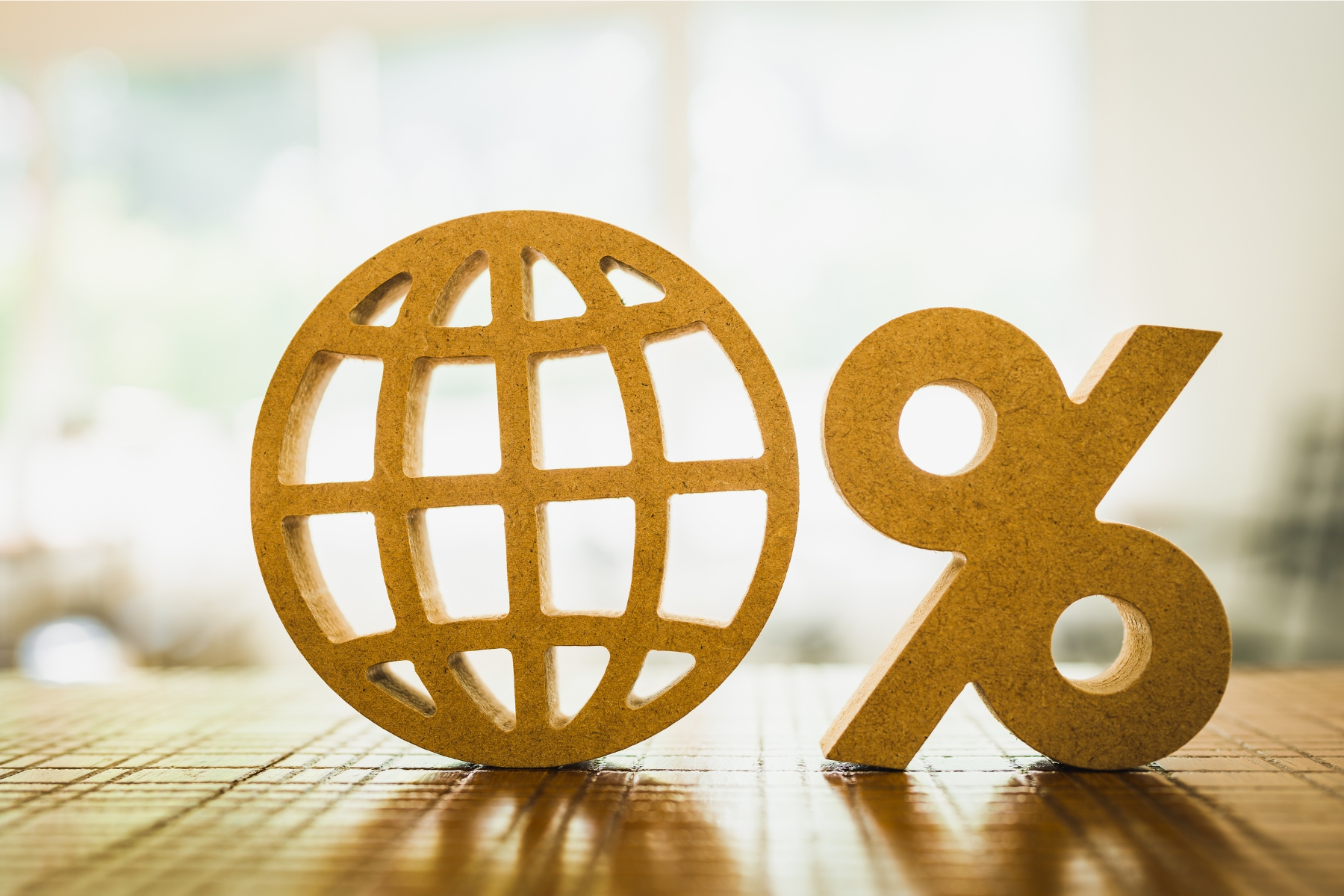



 Turn your aspirations into reality with guidance from our expert coaches. They’ll help you set clear business objectives, pinpoint your target market, and devise an effective strategy.
Turn your aspirations into reality with guidance from our expert coaches. They’ll help you set clear business objectives, pinpoint your target market, and devise an effective strategy. Achieving success in optometry requires more than just clinical prowess; robust management skills are just as critical. This program provides hands-on coaching in vital areas such as finance, operations, and business development, ensuring a comprehensive approach to practice management.
Achieving success in optometry requires more than just clinical prowess; robust management skills are just as critical. This program provides hands-on coaching in vital areas such as finance, operations, and business development, ensuring a comprehensive approach to practice management. The path of entrepreneurship is full of challenges, but you won’t be alone. Our coaches offer continuous encouragement and support, empowering you to unlock your potential and tackle obstacles confidently.
The path of entrepreneurship is full of challenges, but you won’t be alone. Our coaches offer continuous encouragement and support, empowering you to unlock your potential and tackle obstacles confidently. Vision Entrepreneur connects you to a vast optometry community. Our coaches introduce you to professionals, mentors, and investors. By expanding your professional network and resources, they open doors to clinic acquisition opportunities.
Vision Entrepreneur connects you to a vast optometry community. Our coaches introduce you to professionals, mentors, and investors. By expanding your professional network and resources, they open doors to clinic acquisition opportunities. Develop marketing and sales strategies that attract and retain clients. By adjusting a game plan to your niche and budget, our coaches guide you to create compelling marketing materials and targeted sales strategies while enhancing your online presence.
Develop marketing and sales strategies that attract and retain clients. By adjusting a game plan to your niche and budget, our coaches guide you to create compelling marketing materials and targeted sales strategies while enhancing your online presence. Starting an optometry practice involves a deep understanding of the legal and regulatory landscapes. Our program offers expert advice and links you with legal professionals to ensure full compliance with all regulations.
Starting an optometry practice involves a deep understanding of the legal and regulatory landscapes. Our program offers expert advice and links you with legal professionals to ensure full compliance with all regulations. Balancing the demands of entrepreneurship without compromising personal well-being is crucial. Our coaches provide strategies to help you manage stress and maintain a healthy balance, ensuring you thrive both personally and professionally.
Balancing the demands of entrepreneurship without compromising personal well-being is crucial. Our coaches provide strategies to help you manage stress and maintain a healthy balance, ensuring you thrive both personally and professionally. Transform the dream of a successful optometry practice into reality with Vision Entrepreneur. Ready to take the first step toward a successful optometry practice? Visit us today to learn more.
Transform the dream of a successful optometry practice into reality with Vision Entrepreneur. Ready to take the first step toward a successful optometry practice? Visit us today to learn more.